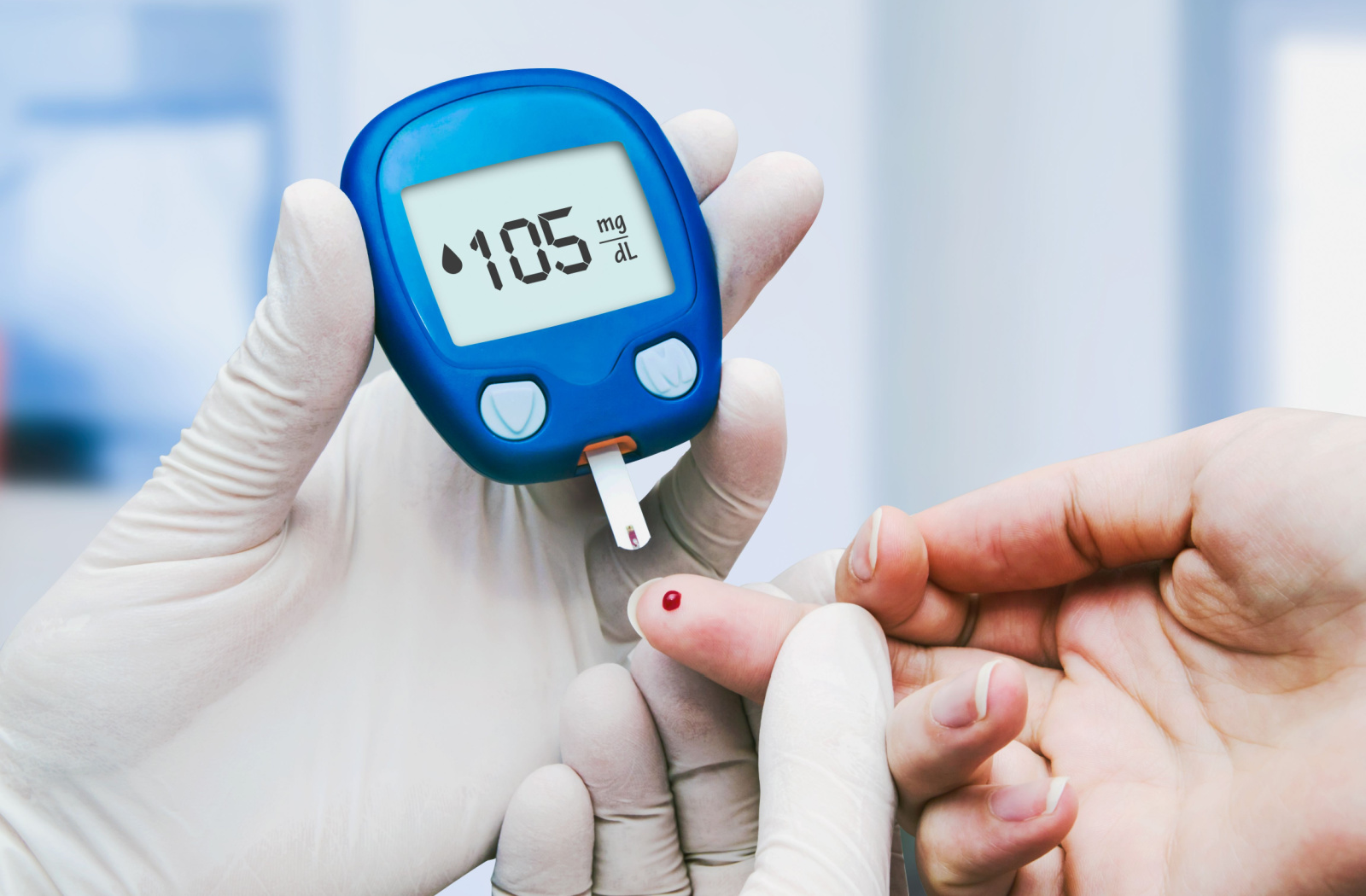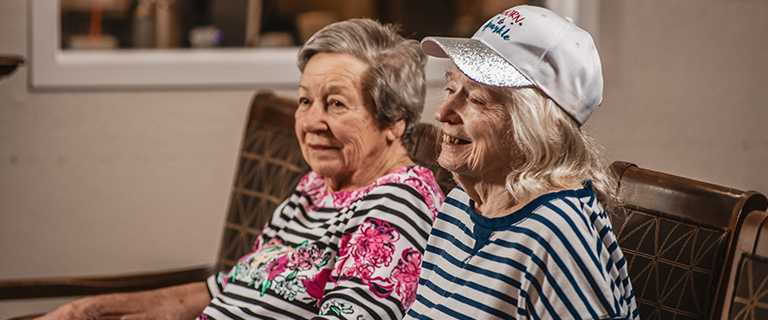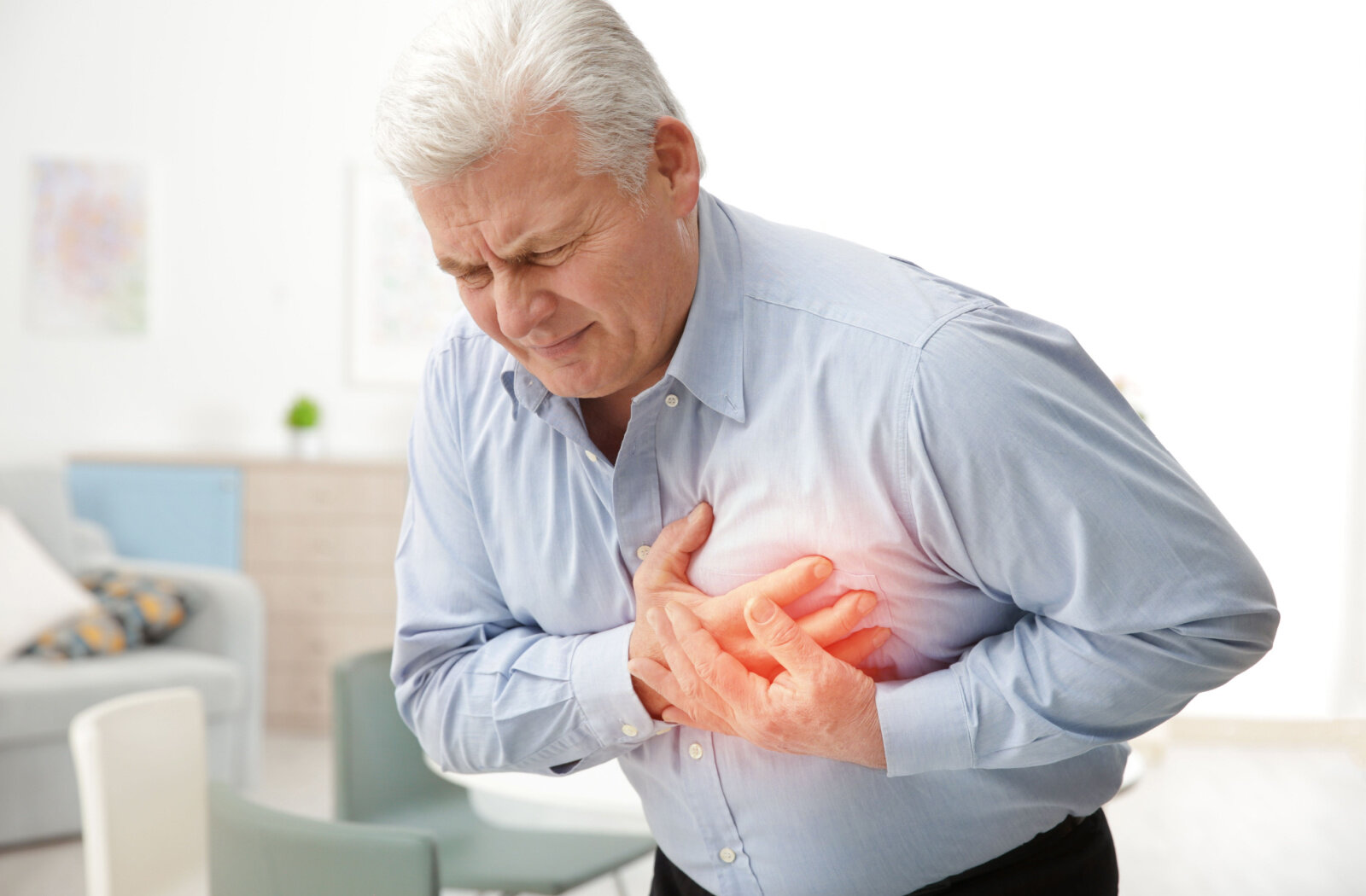Around 49% of the total population in the United States is 65 and older. With age, your risk of developing many ailments can increase, and maintaining good health becomes vital.
Senior living communities can provide a home-like atmosphere offering unique lifestyle options. These are designed to support older adults and the health challenges that accompany aging.
Health challenges older adults face include heart disease, diabetes, depression, dementia, high blood pressure, malnutrition, urinary incontinence, bone and joint-related disorders, and eye conditions.
9 Common Health Problems in Older Adults
It’s normal to experience changes in your physical health and the challenges that follow as you age. Despite these challenges, a supportive environment can help improve the quality of life for many older adults.
Here are a few of the most common health problems experienced by older adults:
- Heart Disease
Cardiovascular or heart disease is the most common cause of death in older adults. Cardiovascular disease can include chronic ischemic heart disease, congestive heart failure, and arrhythmia. As you age, the blood vessels and arteries in your heart can stiffen, making it harder for your heart to pump blood.
In response, the heart may enlarge, develop more muscle mass, or pump faster to increase the workload and keep up with the demand.
This can increase your risk of high blood pressure and other heart-related conditions.

- Diabetes
The risk of developing diabetes increases with age. Diabetes is when your body doesn’t produce enough insulin or can’t use it to convert the sugars you eat into energy. Without adequate or functioning insulin, you can get high sugar or glucose in the blood.
High blood sugar can lead to other complications in the body, such as heart disease, kidney disease, stroke, and eye problems.
- Depression
Depression is a mental disorder common among older adults. Some symptoms of depression include:
- Sadness
- Hopelessness
- Fatigue
- Irritability
- Difficulty focusing or sleeping
- Dementia
Dementia is a disorder that describes the loss of cognitive functioning. It’s not a normal part of aging but affects about one-third of all people age 85 or older.
Alzheimer’s is a common type of dementia that causes memory loss and cognitive decline and can interfere with daily living. Age, family history, and genetics are risk factors for developing dementia.
- High Blood Pressure
Age can increase your risk of high blood pressure or hypertension. Blood pressure is the force of the blood pushing against the walls of arteries. With age-related stiffening of the arteries, these narrow arteries resist blood flow, causing high pressure.
Without treatment to control high blood pressure, it can cause serious health problems, such as stroke, heart attack, eye disease, and kidney disease.
- Malnutrition
Malnutrition, a challenging health concern in older adults, is associated with increased mortality, morbidity, and physical decline. Malnutrition can result from secondary causes, such as depression, dementia, alcoholism, limited income, and decreased social contact.
- Urinary Incontinence
Urinary continence is when you have urine leakage by accident. It can happen to anyone but is more common in older adults. With age, the muscles in and around the bladder weaken or don’t work as they should, resulting in urinary incontinence.
- Bone & Joint-Related Disorders
Joint pain in the form of osteoarthritis and rheumatoid arthritis are common bone and joint-related disorders as you age. Osteoarthritis occurs when cartilage on the ends of the bones in your joints wears away, where bone rubs on the bone. Rheumatoid arthritis occurs when the immune system attacks the tissues that line your joints.
Good muscle mass helps to support joints. Because the rate of decline in muscle mass is high after age 60, it can negatively impact your balance, coordination, and stability.
- Eye Conditions
It’s normal to have changes in your vision or vision to worsen as you age. Common vision changes in older adults can include losing your ability to see up close, trouble distinguishing colors, and adjusting to light or light sensitivity.
Eye conditions that can lead to vision loss or blindness in older adults include:
- Cataracts
- Glaucoma
- Age-related macular degeneration
- Diabetic retinopathy
How Senior Living Communities Provide Support
Despite the challenges that come with aging, there are lifestyle options that older adults can benefit from in their later years. Senior living communities help older adults with the following services and amenities:
- Diet: Chef-prepared meals for a healthy-well-balanced diet.
- Movement: Physical movement with activities, fitness classes, dance classes, and walking trails.
- Social Connection: Enriching social environment where you can build new friendships, learn new skills, and follow your passions.
- Care needs: Tailored care plans to meet the needs of older adults, such as assisted living and respite care programs.
Supporting the Health of Older Adults
Parsons House La Porte offers comfort, health, and security for age-related physiological changes common in older adults.
If you’re looking for a senior living community that can cater to the changing needs of your health, contact us to discuss our programs. You can also book a tour to view our community.



